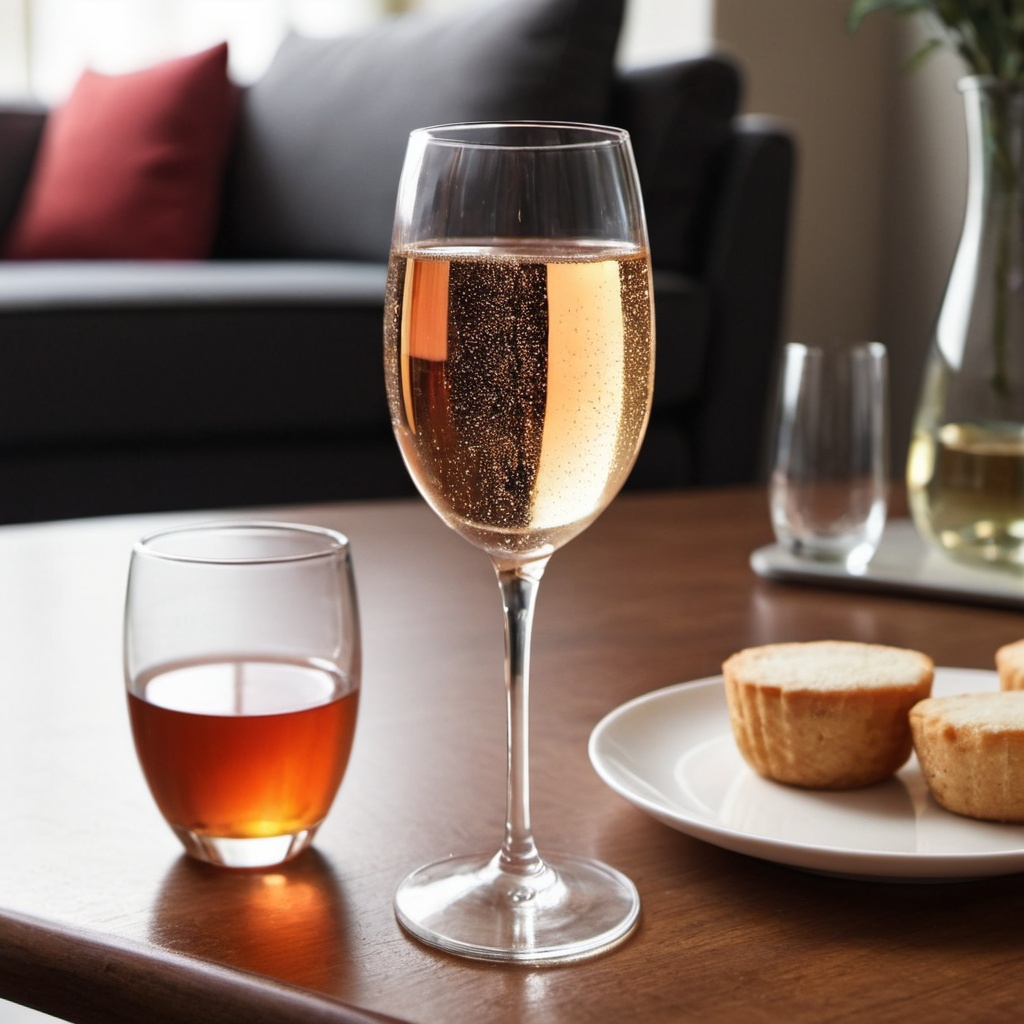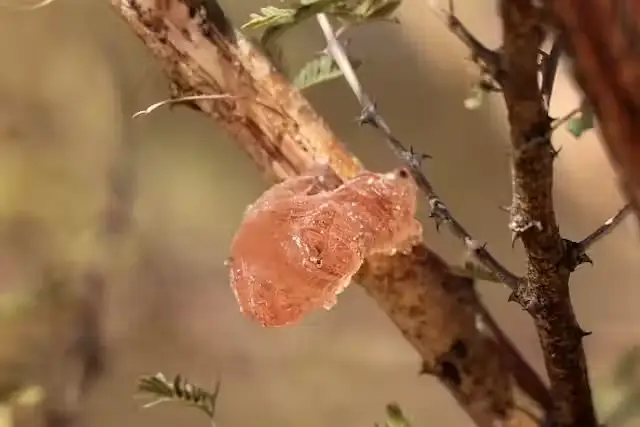When we think of exquisite beverages that have captured the hearts of connoisseurs worldwide, two come to mind — wine and tea. Oh, and coffee but let’s stick to wine and tea in this blog post.
Beyond their differences in origins and consumption styles, a closer look reveals fascinating parallels in their production processes, cultural significance, and appreciation. Let’s uncork the bottle and steep into the world of shared artistry between wine and tea.
1. Varietals and Cultivars
Both wine and tea start with the careful selection of varietals or cultivars. In wine, varietals like Chardonnay, Merlot, or Cabernet Sauvignon denote specific grape types, each contributing unique flavors and characteristics. Similarly, tea enthusiasts recognize cultivars such as Assam, Darjeeling, or Sencha, with each cultivar imparting distinct aroma, taste, and appearance to the brewed tea.
2. Terroir Influence
Terroir, the environmental factors shaping agricultural products, plays a pivotal role in both wine and tea. Vineyards and tea gardens boast unique terroirs, combining soil composition, climate, altitude, and sunlight exposure to influence flavor profiles. A Bordeaux wine owes its character to the terroir of southwestern France, just as a Darjeeling tea’s muscatel notes reflect the Himalayan foothills’ terroir. In fact, Darjeeling second flush is “bug bitten tea,” its unique character stems from a fascinating natural phenomenon. The distinct “Muscatel” flavor is a response to the plant’s stress from insect infestation
3. Control of Astringency and Tannins
Astringency, attributed to tannins, is carefully managed in both wine and tea production. Winemakers control tannin levels through grape skin contact during fermentation, impacting the wine’s mouthfeel and aging potential. Similarly, tea artisans regulate astringency by controlling factors like leaf age, processing techniques, and brewing parameters, ensuring a balanced and enjoyable cup.
4. Fermentation
Fermentation transforms raw materials into complex flavors in both beverages. While wine fermentation converts grape sugars into alcohol, tea undergoes oxidation or fermentation to develop its characteristic flavors. Our naturally fermented sparkling tea goes through another fermentation process as it is fermented with our curated culture. These processes are fundamental to each drink’s taste evolution.
5. Flavour Extraction
The art of maceration and steeping brings out flavours, color, tannins and aroma in wine and tea respectfully. Wine enthusiasts also appreciate the nuances unveiled through decanting and aeration, allowing complex aromas to emerge. Similarly, tea lovers employ precise water temperatures and steeping times to coax out delicate or robust flavours, highlighting the leaf’s subtleties.
6. Aroma Development
Aromas tantalise the senses in wine and tea alike. Wine aficionados delight in swirling glasses to capture bouquets ranging from fruity to earthy notes. Likewise, tea drinkers relish inhaling the fragrant steam rising from a freshly brewed cup, savoring floral, vegetal, or spiced aromas that awaken the palate.
7. Ceremony
Both beverages have rich ceremonial traditions woven into their consumption. Wine tastings and rituals like the Japanese tea ceremony embody reverence for craftsmanship, sensory appreciation, and communal sharing, fostering deep connections between participants and the drink’s heritage.
8. Food Pairing
Finally, wine and tea excel in complementing culinary experiences. From wine pairings that enhance flavors in cheeses, meats, or desserts to tea pairings that harmonize with delicate pastries or savory dishes, both beverages elevate dining experiences through thoughtful pairing considerations.
In conclusion, while wine and tea may seem worlds apart, they share a tapestry of craftsmanship, terroir intricacies, and sensory pleasures. Whether sipping a fine Bordeaux or a delicate Darjeeling, enthusiasts embrace the artistry, culture, and camaraderie these beverages bring, celebrating the universal joy of a well-crafted drink.







